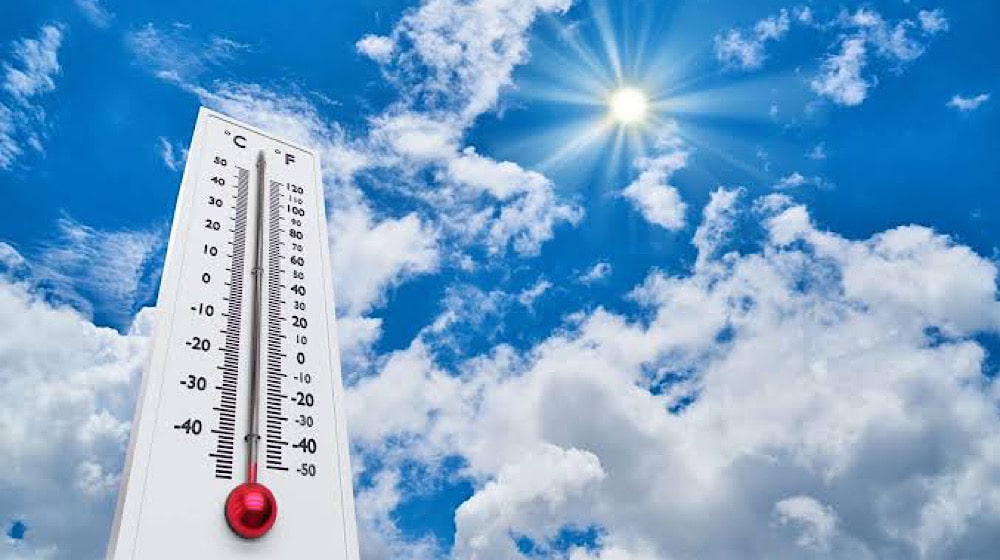- Web Desk
- Today
Met Office warns of warmer days ahead
-

- Web Desk
- Mar 27, 2025

ISLAMABAD: The meteorological department has predicted heavy rain in several regions of the country, including Islamabad, in the next 12 hours, while warning of potential warmer days ahead.
Islamabad and its surrounding areas are likely to experience thunderstorms and strong winds with rain in the afternoon, according to the Met office.
Strong winds and rain may damage electric poles, trees, vehicles, and solar panels. Crops in Khyber Pakhtunkhwa’s plains could also be affected.
Rain is expected in Murree, Galiyat, Naran, Kaghan, Chitral, and Dir. Swat, Kohistan, Mansehra, Abbottabad, Shangla, and Astore are also likely to receive rainfall. In Gilgit-Baltistan and Azad Jammu and Kashmir, rain is expected in Hunza, Skardu, Neelum Valley, Bagh, Poonch, and Haveli.
Landslides and slippery roads may disrupt traffic, while local streams and rivers could overflow due to heavy rainfall.
Dust storms and thunderstorms are also likely over the plains of Punjab.
Balochistan will remain mostly dry and hot. In Gilgit-Baltistan and Azad Jammu and Kashmir, strong winds and thunderstorms are also expected.
WEATHER ON EID
During the Eid ul Fitr holidays, most parts of the country will experience hot and dry weather, with temperatures likely to remain 2 to 3C above normal.
In Karachi, daytime temperatures may rise by 3°C to 4°C above normal levels, adding to the discomfort for citizens.
WARMER DAYS AHEAD
The Chief Meteorologist of the Pakistan Meteorological Department (PMD) has warned of a significant temperature rise in the coming months, predicting an increase of 3°C to 5°C above normal levels.
Chief Meteorologist Muhammad Afzal stated that winter rainfall was 42 per cent below average, with Sindh receiving 63 per cent less rain, Balochistan 53 per cent, and Punjab 41 per cent.
Major cities are expected to face heatwave conditions due to the urban heat island effect, worsening drought conditions.
The extreme heat may also speed up glacier melting, temporarily increasing river flows but heightening the risk of Glacial Lake Outburst Floods (GLOFs) and flash floods in northern regions.




